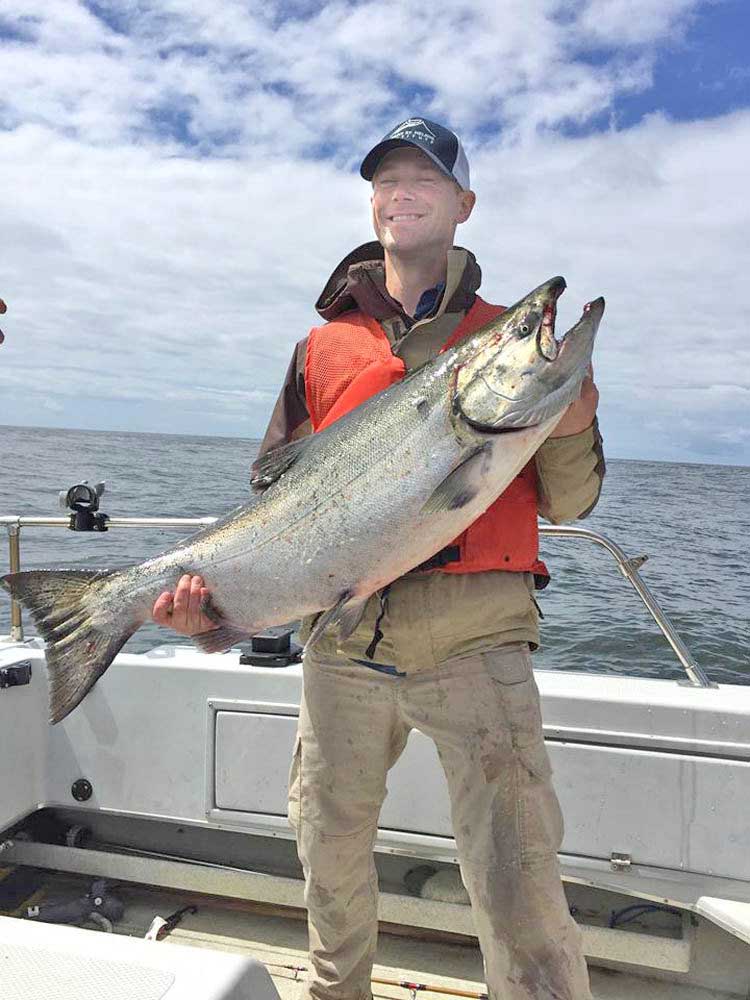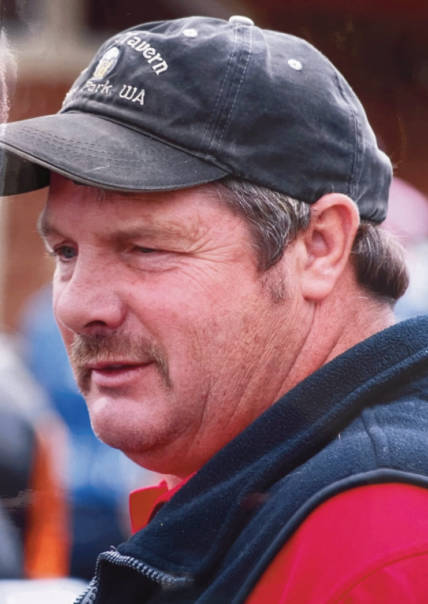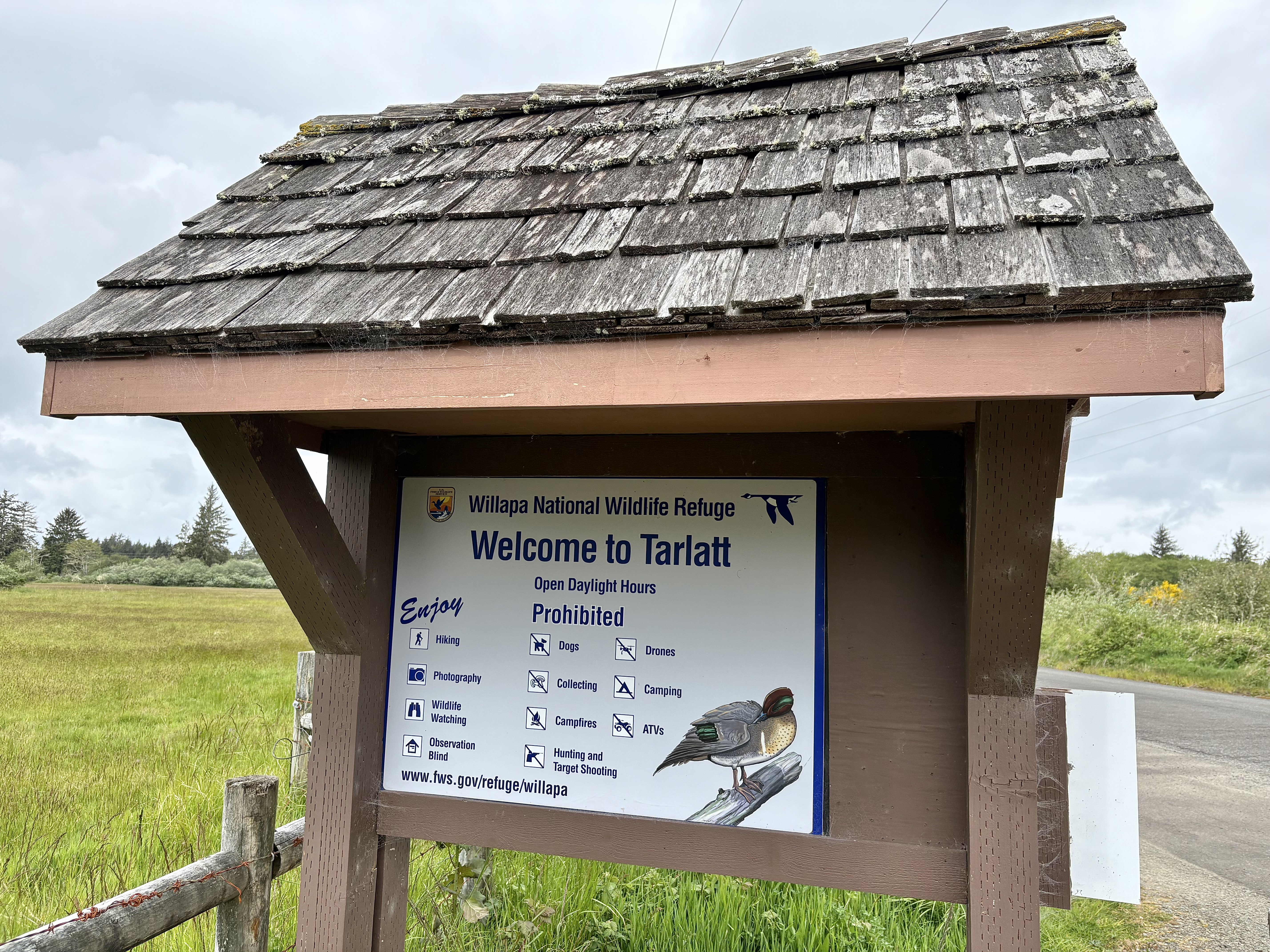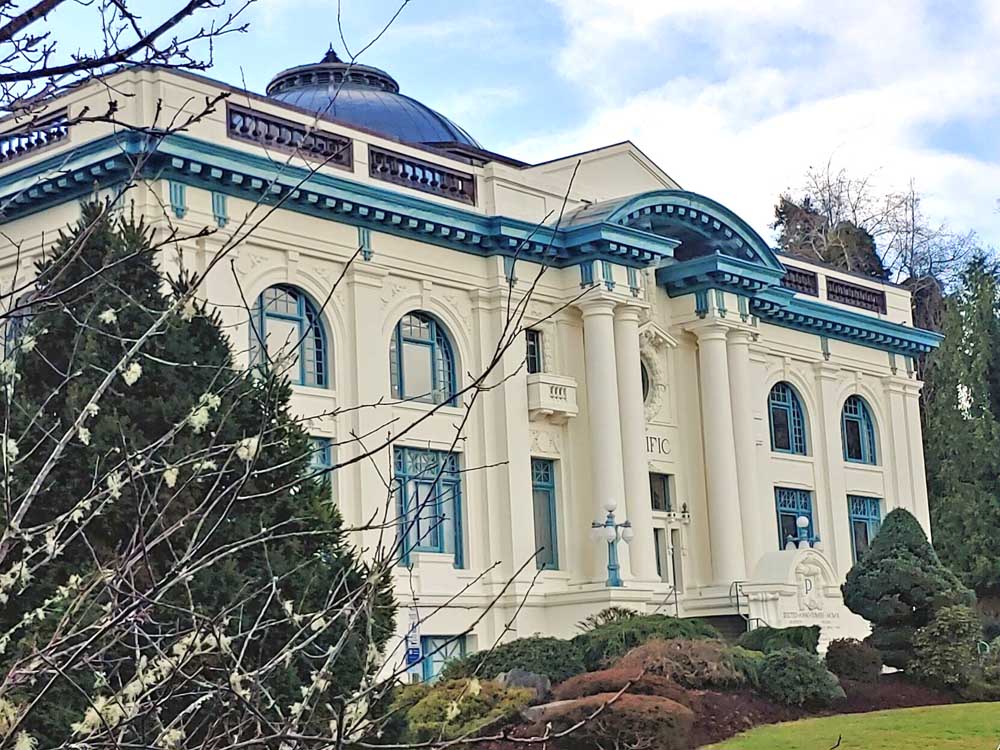Higher than average fall Chinook run on the way
Published 11:56 am Tuesday, August 9, 2016

- This 35-pound Chinook was caught at CR buoy this week in 260 feet of water on anchovy. Fish of a lifetime for Jesse Faught on the Salty Dog.
What is expected to be a higher than average run of fall Chinook salmon has begun to enter the Columbia River. However, the runs of coho and steelhead, while still respectable, are expected to arrive in numbers lower than the 10-year average.
Trending
That’s according to information from the U.S. v Oregon Technical Advisory Committee and reported at the two-state Columbia River Compact meeting in late July.
As of this Monday, 6,415 adult Chinook passed Bonneville Dam, down from 7,564 on the same date last year but well ahead of the 10-year average of 4,005. Fall fishing began Aug. 1 for Chinook and coho salmon in most areas of the Columbia River, including the popular Buoy 10 fishery, along with its tributaries and some coastal streams.
Some 960,200 fall Chinook are forecast to enter the Columbia, which Compact staff says is another strong run. It is 74 percent of last year’s actual return, but 136 percent of the 2006-2015 10-year average of 705,600 fish. Passage of the upriver fall Chinook passing Bonneville Dam is expected to hit nearly 628,000 adults. Passage is typically 50 percent complete by Sept. 8.
Trending
Upriver summer steelhead, which pass Bonneville Dam April through October, are forecast to tally 256,200 fish, including 96,500 wild steelhead. Fish that pass July through October are categorized as either group A (less than 78 centimeters – 30.7 inches) or group B (greater than 78 cm). Group A generally pass the dam during July and move up into Columbia and Snake river tributaries, while Group B pass the dam around the end of August and primarily return to Snake River tributaries.
The Group A forecast is 82 percent of its 10-year average, while the Group B forecast is 53 percent of the 10-year average.
Counts of steelhead at Bonneville Dam through Monday are 75,433 hatchery steelhead and 27,899 wild steelhead. Last year 107,574 hatchery steelhead and 51,747 wild steelhead had passed the dam by Aug. 8. The 10-year average for hatchery steelhead is 142,907 and 61,058 for wild steelhead. Passage at Bonneville Dam (July-October) is typically 50 percent complete by Aug. 11.
Some 322,600 coho salmon are expected to enter the Columbia River, which is 73 percent of the 10-year average of 441,400 fish. It includes 132,900 early stock and 189,700 late stock. Passage of coho over Bonneville Dam is expected to total 84,300, which is 76 percent of the total ocean abundance of Columbia River coho destined for areas upriver of the dam. Six adult coho had passed the dam as of Monday, compared to 27 last year and a 10-year average of 20.
The Columbia River fall Chinook and coho fisheries, including the Buoy 10 fishery in the lower 16 miles of the Columbia River, opened with some new rules, according to both the Washington Department of Fish and Wildlife and the Oregon Department of Fish and Wildlife.
“A big part of the challenge this year is to conserve coho and steelhead, while providing a full fishing season for Chinook salmon,” said Ron Roler, Columbia River Fishery Manager for WDFW. “As always, we want to protect wild salmon and steelhead populations, while providing great fishing opportunities for abundant hatchery fish.”
New rules include:
• Steelhead: Anglers are limited to one hatchery steelhead per day on the Lower Columbia River below Bonneville Dam starting Aug. 1. This restriction is due to low projected upriver wild steelhead returns and will be extended upriver to McNary Dam starting Sept. 1, then up to the Highway 395 Bridge in Pasco beginning Nov. 1. As in previous years, only hatchery steelhead with a clipped adipose fin and a healed scar may be retained.
“Last year we very nearly exceeded the allowable steelhead impacts and were close to shutting down fall fisheries upstream of Bonneville Dam,” said Tucker Jones, ODFWs Columbia River program manager. “The steelhead forecast is below average again in 2016 so we lowered the steelhead bag limit to reduce the chance that we’ll have to close fisheries ahead of schedule this year.”
• Buoy 10 Chinook: State fishery managers estimate that anglers will catch nearly 48,500 Chinook salmon by Labor Day (Sept. 5) in the Buoy 10 fishery, which takes place in the lower 16 miles of the Columbia River. In this fishery, anglers will be required to release wild Chinook on Sundays and Mondays to meet federal conservation guidelines for Chinook runs listed under the federal Endangered Species Act.
“With a monster run predicted again in 2016, many anglers are geared up and ready to go,” Jones said. “For the last three years or so, fall salmon fishing in the Columbia has been remarkable and not just in the estuary. Fishing has been lights out from Buoy 10 all the way to the state line above McNary Dam, and 2016 looks to continue that red hot trend.”
• Ventral clipped Chinook: Anglers may retain Chinook salmon with either a clipped adipose or left ventral fin through Dec. 1 from Buoy 10 upstream to Bonneville Dam. Chinook salmon raised for release in the Youngs Bay off-channel fishing zone in Oregon and marked for identification with a clipped ventral fin have been found straying into natural spawning areas elsewhere in the Columbia River Basin. The new rule will enable the recreational fishery to help reduce the number of fish that stray.
• Coho in tributaries: In previous years, anglers were allowed to keep up to six adult hatchery coho salmon in tributaries to the lower Columbia River. This year, with the run projection down 27 percent from the 10-year average, the daily limit will be two adult hatchery fish. As before, unmarked coho must be released. The new daily limit will affect fisheries on the Cowlitz, Deep, Grays, Elochoman, Toutle, Green, Tilton, Cispus, Kalama, Lewis and Washougal rivers.
• Strays on the tributaries: For the first time, anglers will be allowed to keep hatchery Chinook and hatchery coho during designated hatchery steelhead seasons on numerous smaller lower Columbia tributaries to remove stray hatchery fish from the spawning grounds.









